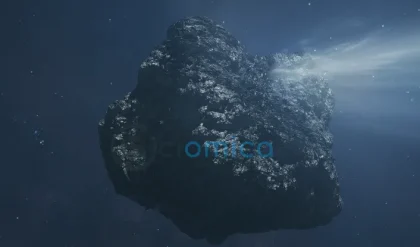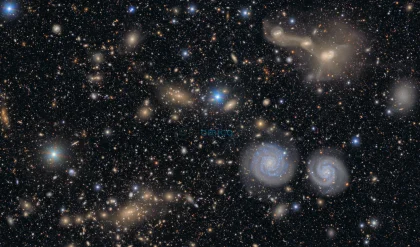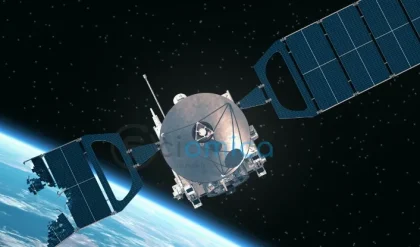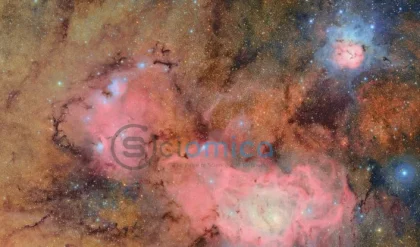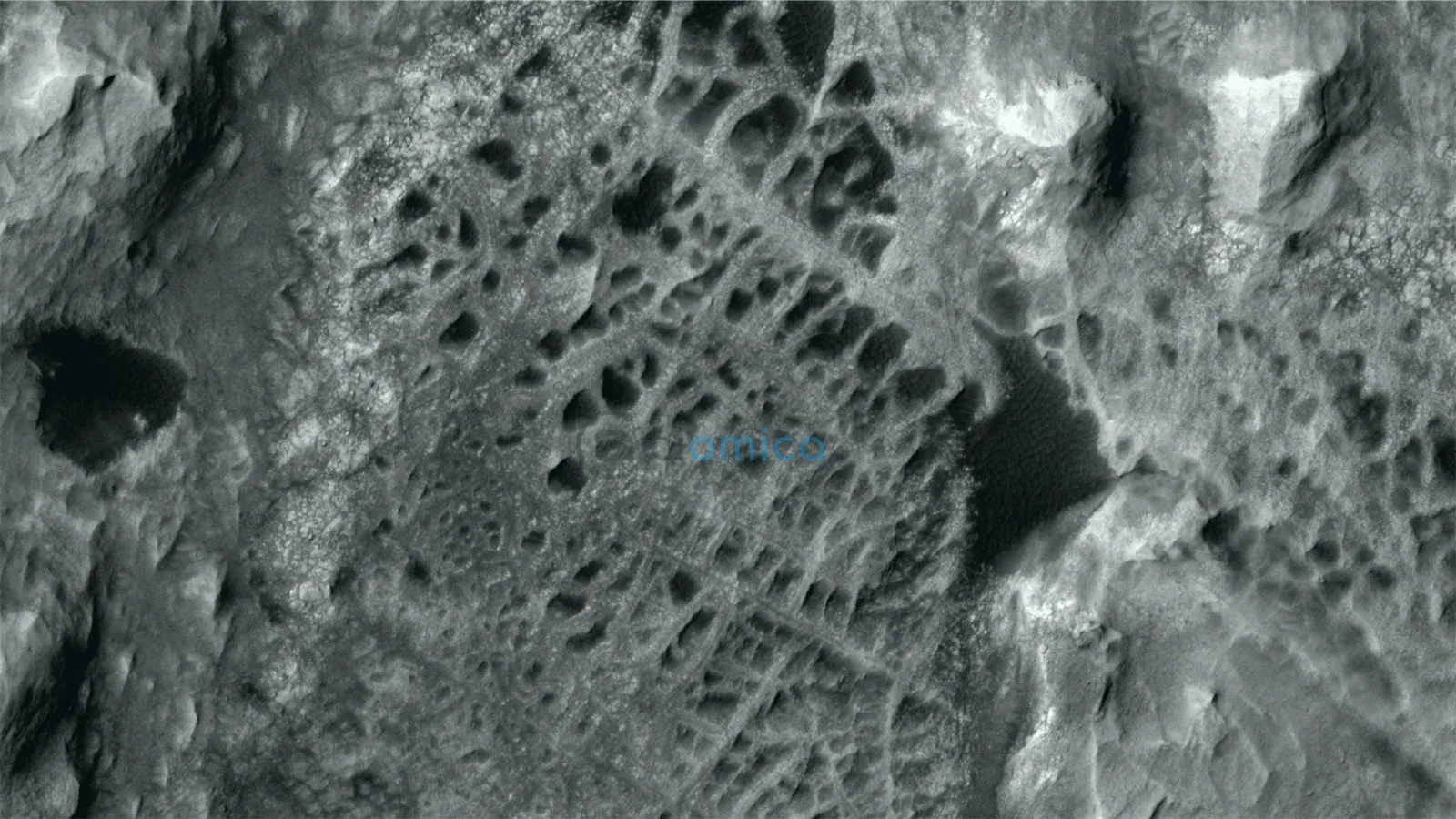
NASA’s Curiosity rover has made a significant discovery on Mars, capturing its first high-resolution images of “boxwork” formations, which resemble giant spiderwebs sprawled across the Red Planet’s surface. These intricate, zigzagging patterns may hold vital clues about Mars’ ancient watery past and the potential for extraterrestrial life.
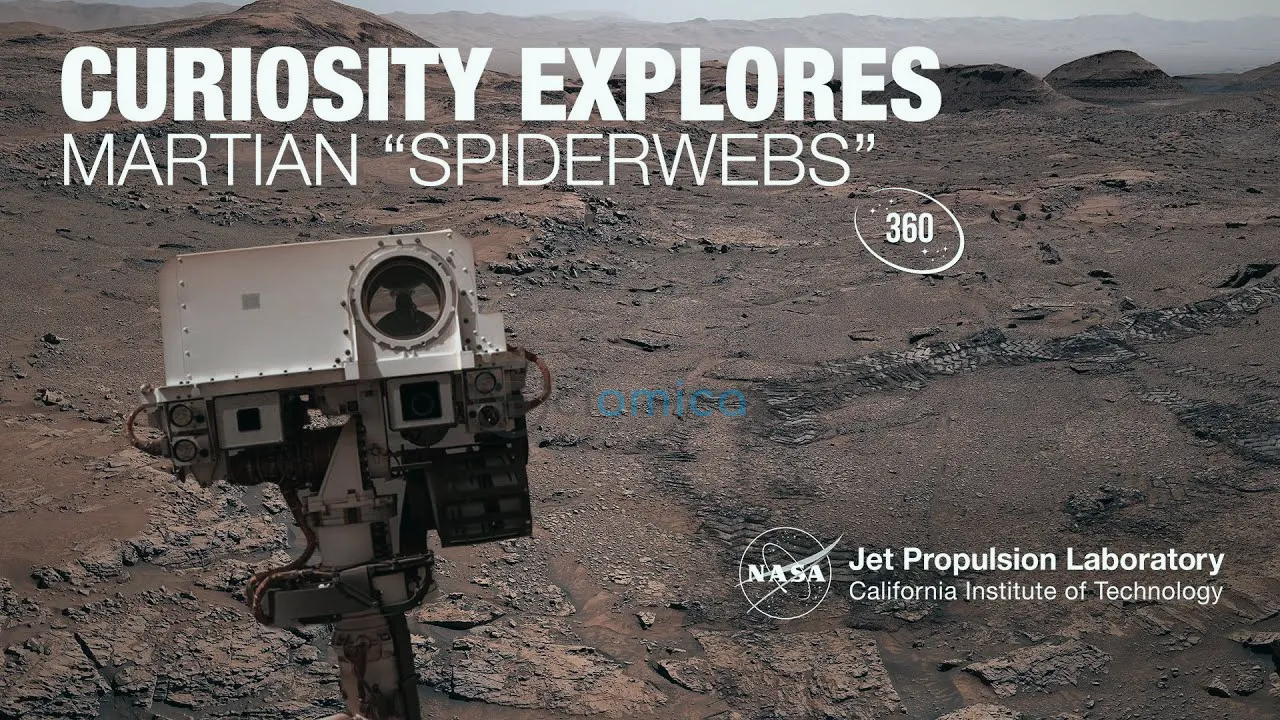
The newly identified boxwork features consist of crisscrossing ridges composed of mineral-rich rocks that occasionally disrupt the Martian landscape. Spanning up to 12 miles (20 kilometers) across, these geological formations have intrigued scientists for years. Despite their visibility from orbiting spacecraft, the structures had never been observed up close until now.
Closer examination reveals that smaller boxwork patterns appear in cave formations on Earth, resulting from similar processes that create stalagmites and stalactites. Researchers hypothesize that these large ridges on Mars formed through a comparable mechanism, albeit on a much grander scale. The underlying bedrock likely crystallized from groundwater seeping through rock crevices, depositing minerals and solidifying over millions of years.

In a statement, NASA emphasized the geological significance of the boxwork structures, explaining that relentless sandblasting by Martian winds has eroded the softer rock surrounding the mineral deposits, exposing these resilient networks of ridges.
It’s important to distinguish the unique boxwork formations from other Martian geological oddities, such as the well-known “spiders on Mars.” This phenomenon occurs when carbon dioxide ice sublimates during the Martian summer, creating patterns that somewhat resemble spider legs but originate from a distinct process.
Currently, the Curiosity rover is investigating these boxwork features located on the slopes of Mount Sharp, part of the Gale Crater where it has been operational since 2012. The rover arrived at this geological wonder earlier this month after being directed to the area in November 2024. Mission scientists are particularly focused on these features due to their unique presence on the mountain, with an objective to understand their formation better.
On June 23, NASA released the first detailed images of the Martian boxwork along with an interactive 3D video, allowing eager audiences to explore the site virtually. Preliminary analyses of rock samples from the surrounding region revealed traces of calcium sulfate—a saline mineral that points to past groundwater activity. The discovery of this mineral at such an elevation on Mount Sharp has surprised researchers, suggesting unexplored geological processes may be at play.
Scientists are hopeful that an in-depth study of these formations will shed light on Mars’ climatic history, particularly concerning the substantial loss of water from the planet’s surface due to solar radiation interference. Further findings may illuminate a previously discovered vast subsurface ocean lying beneath the Martian crust, raising intriguing possibilities about the planet’s ability to host life in its earlier epochs.
Moreover, the mineral composition of the boxwork structures is expected to play a crucial role in examining the long-enduring question of whether Mars ever supported life. “These ridges will contain minerals that crystallized in warmer underground environments with liquid, saline water,” expressed Kirsten Siebach, a Curiosity mission scientist at Rice University. “This suggests that early Earth microbes could have thrived in similar conditions, making this a thrilling area for exploration.”
The ongoing investigations by Curiosity are poised to deepen our understanding of the Martian environment and its potential to have harbored life, solidifying Mars’ status as a focal point in the search for extraterrestrial existence within our solar system.
As scientists analyze the data collected from these unprecedented observations, they stand on the cusp of potentially resolving long-standing debates about the history of water on Mars and its implications for life beyond Earth. The quest for understanding continues, and discoveries such as these illuminate our journey into the mysteries of the universe.


